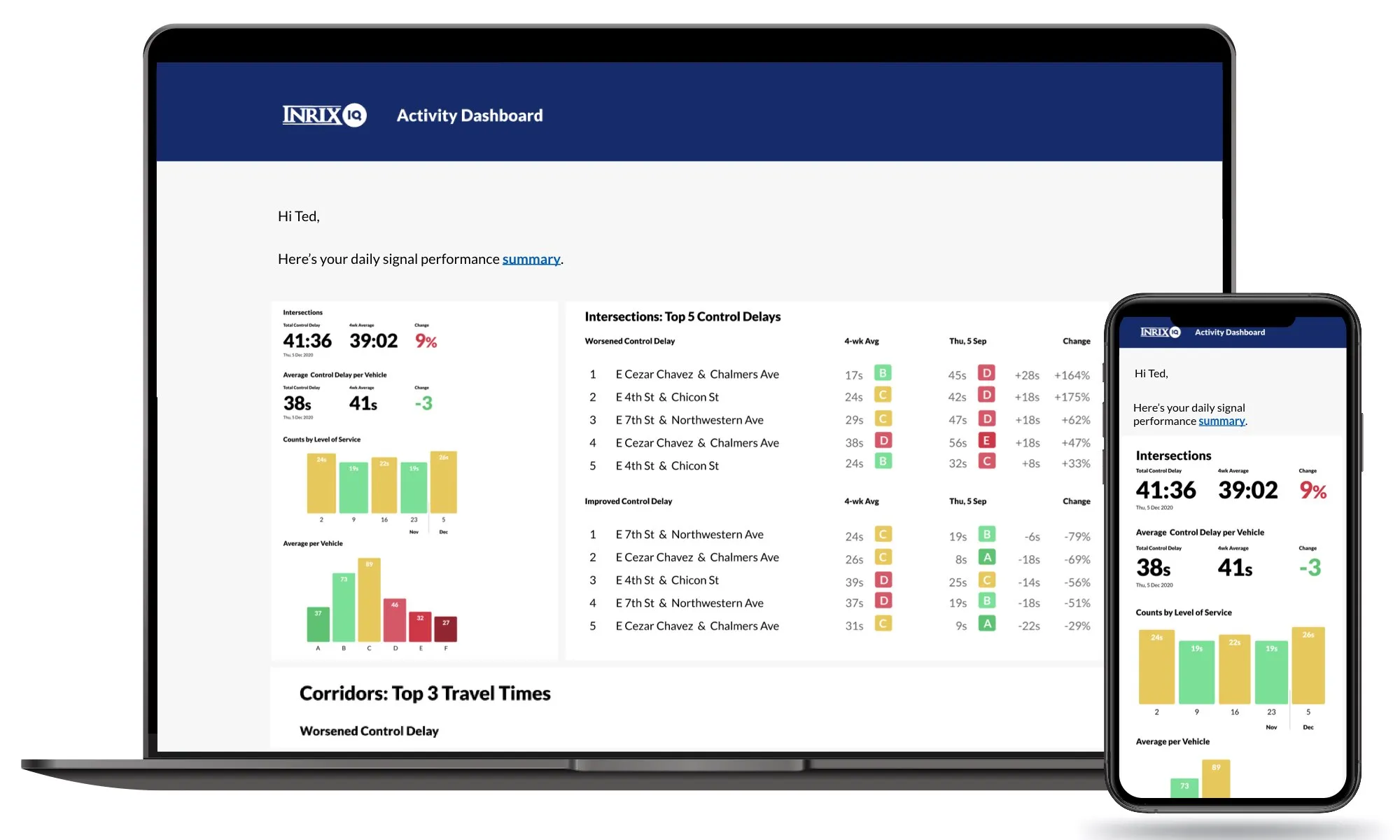New software from the PTV Group enables users to carry out traffic studies necessitated by planned housing schemes or shopping centre construction, which could have a substantial influence on traffic management. According to PTV, its PTV Vistro software simplifies traffic studies and allows users to quickly create networks, while at the same time enabling them to optimise traffic signals. The user can specify the geometry of the network, add data from traffic counts and specify traffic control rules for in
January 7, 2013
Read time: 2 mins
New software from the 3264 PTV Group enables users to carry out traffic studies necessitated by planned housing schemes or shopping centre construction, which could have a substantial influence on traffic management.
According to PTV, its PTV Vistro software simplifies traffic studies and allows users to quickly create networks, while at the same time enabling them to optimise traffic signals. The user can specify the geometry of the network, add data from traffic counts and specify traffic control rules for individual nodes, such as traffic signals. Bing maps and aerial views, drag and drop, node templates and ‘snap to’ controls make modelling easier.
A built-in scenario manager enables users to analyse different traffic demand scenarios and planning variants, both with respect to individual nodes as well as to the entire network. PTV Vistro offers automated reporting for the final version of the traffic impact analyses and traffic signal optimisation, which PTV says can be done at the push of a button for individual intersections, selected corridors or whole networks.
"PTV Vistro is an integral component of our Vision traffic suite and as such offers interfaces to the PTV Vissim traffic simulation software and the PTV Visum transport planning software which allows users to also model large-scale networks and multi-modal transport, says Dr Ing Axel Leonhardt, product management director for PTV Vistro. "Our PTV Vistro software leads the user through the individual steps of a traffic study and also offers him the opportunity to plan and optimise the traffic signals directly within this workflow. Something that previously required two different tools now requires just one solution. This increases data consistency and efficiency.”
"Alternatively, existing networks can be imported from our PTV Visum planning software and other planning tools", says Leonhardt. "PTV Vistro also allows users to create their network model in a highly efficient manner. This makes the software attractive as an additional tool for the Visum or Vissim user," says Leonhardt.
According to PTV, its PTV Vistro software simplifies traffic studies and allows users to quickly create networks, while at the same time enabling them to optimise traffic signals. The user can specify the geometry of the network, add data from traffic counts and specify traffic control rules for individual nodes, such as traffic signals. Bing maps and aerial views, drag and drop, node templates and ‘snap to’ controls make modelling easier.
A built-in scenario manager enables users to analyse different traffic demand scenarios and planning variants, both with respect to individual nodes as well as to the entire network. PTV Vistro offers automated reporting for the final version of the traffic impact analyses and traffic signal optimisation, which PTV says can be done at the push of a button for individual intersections, selected corridors or whole networks.
"PTV Vistro is an integral component of our Vision traffic suite and as such offers interfaces to the PTV Vissim traffic simulation software and the PTV Visum transport planning software which allows users to also model large-scale networks and multi-modal transport, says Dr Ing Axel Leonhardt, product management director for PTV Vistro. "Our PTV Vistro software leads the user through the individual steps of a traffic study and also offers him the opportunity to plan and optimise the traffic signals directly within this workflow. Something that previously required two different tools now requires just one solution. This increases data consistency and efficiency.”
"Alternatively, existing networks can be imported from our PTV Visum planning software and other planning tools", says Leonhardt. "PTV Vistro also allows users to create their network model in a highly efficient manner. This makes the software attractive as an additional tool for the Visum or Vissim user," says Leonhardt.









